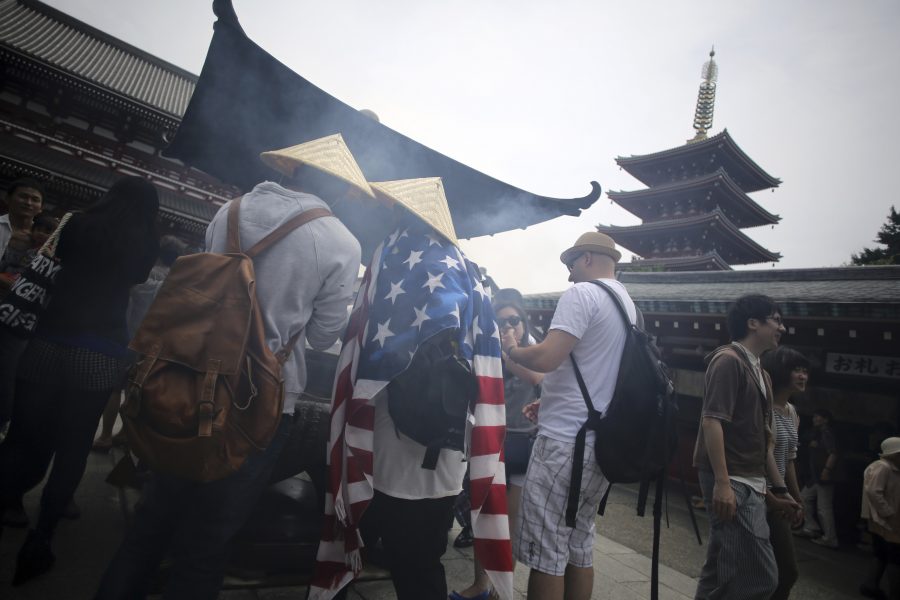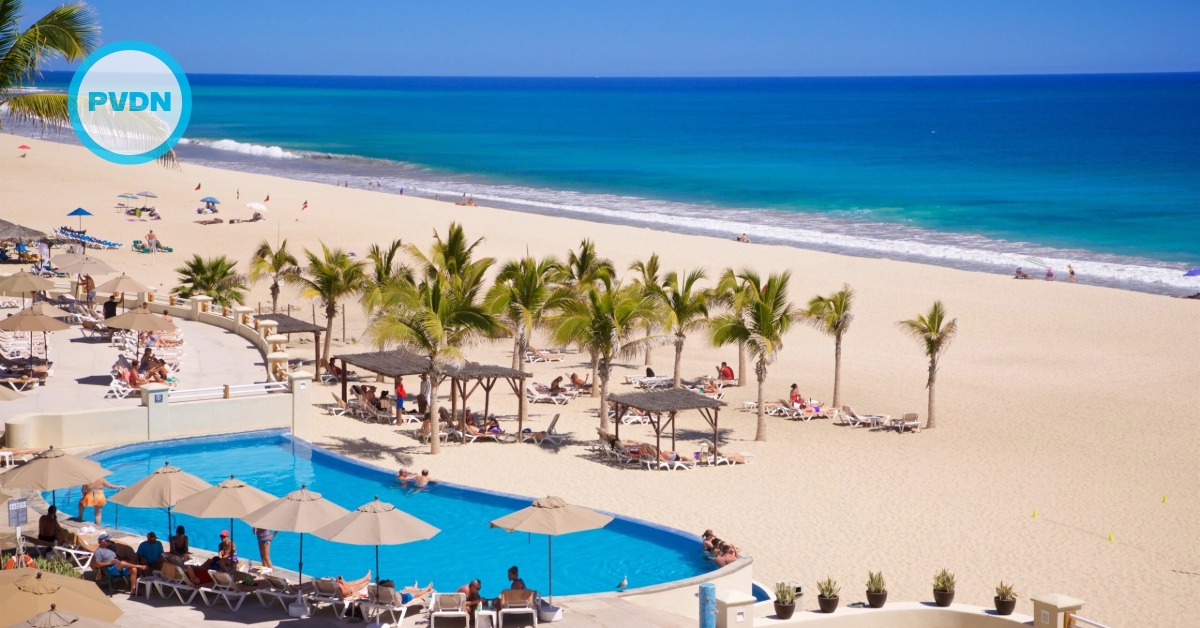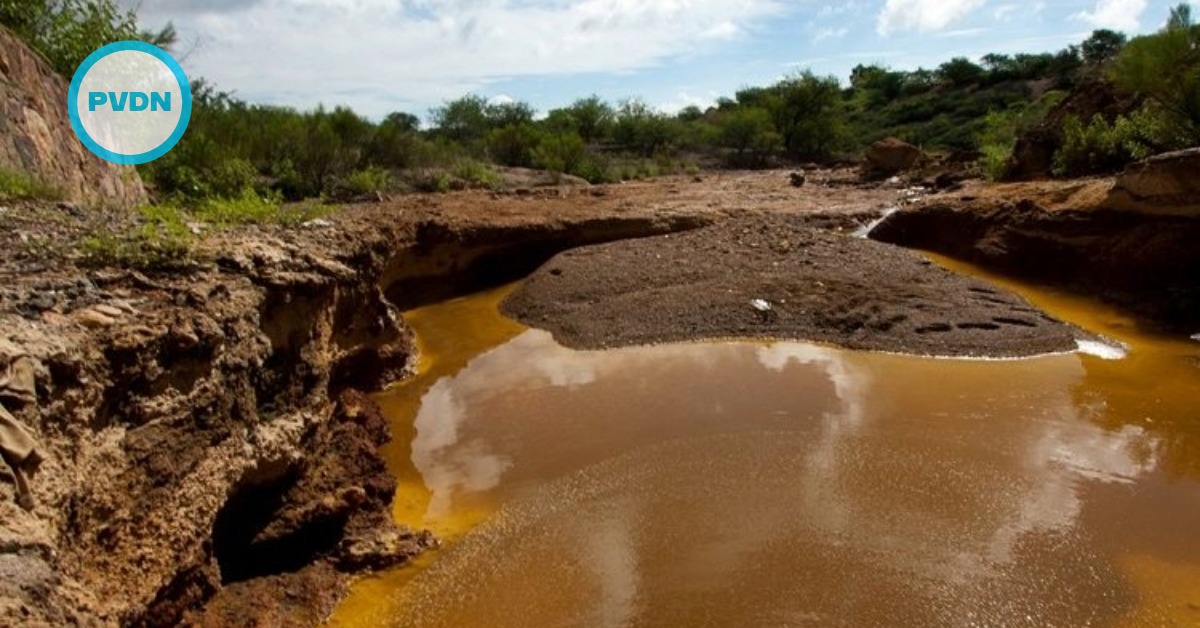As summer travel season begins, friends and relatives have asked me if it’s safe to travel outside the U.S.
I understand their fears. The news is filled with scary stories, like a tourist bus being bombed near Egypt’s pyramids, people being knifed at a bus stop in Japan and continuing coverage of the two Boeing 737 . . .






